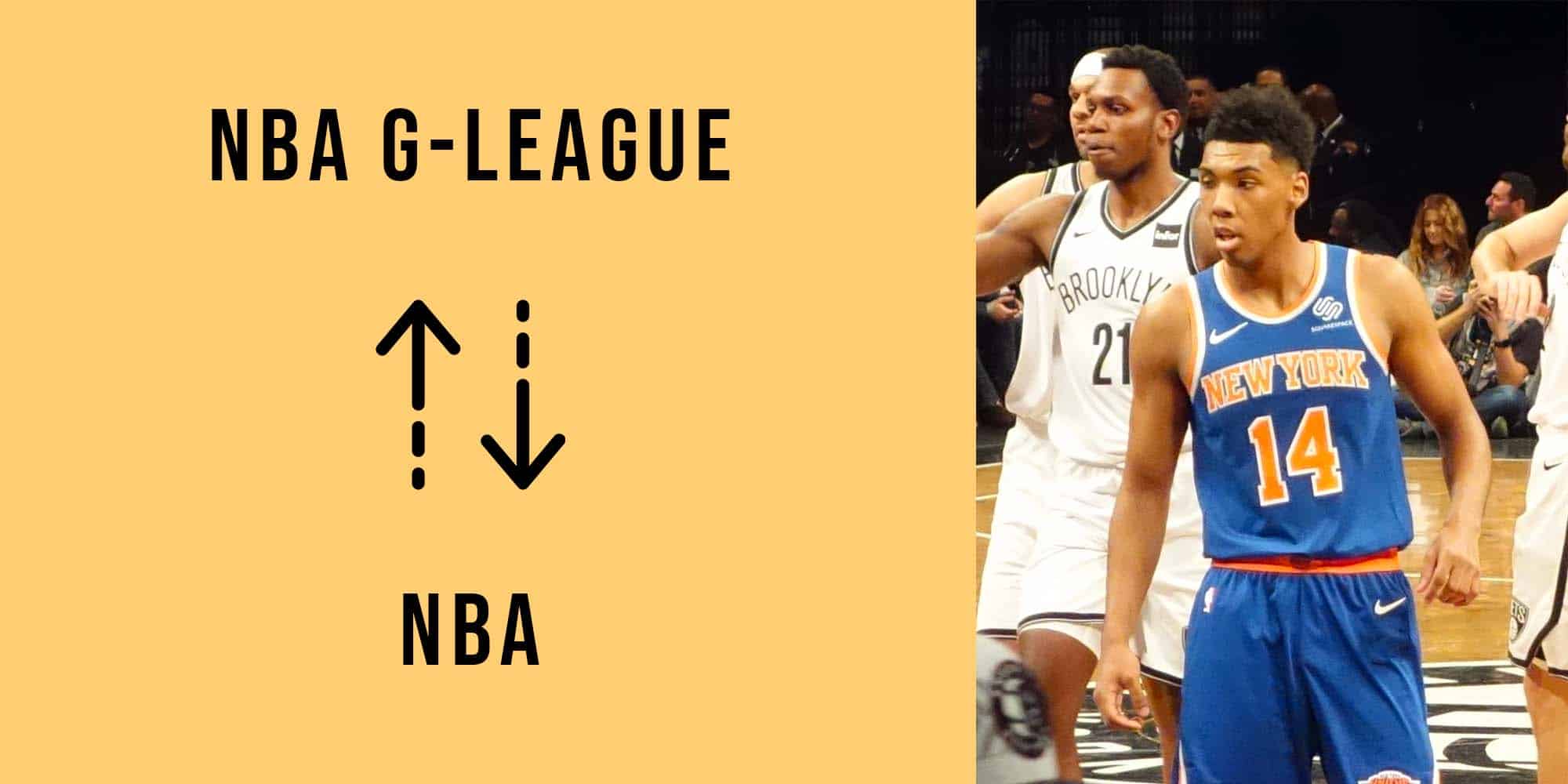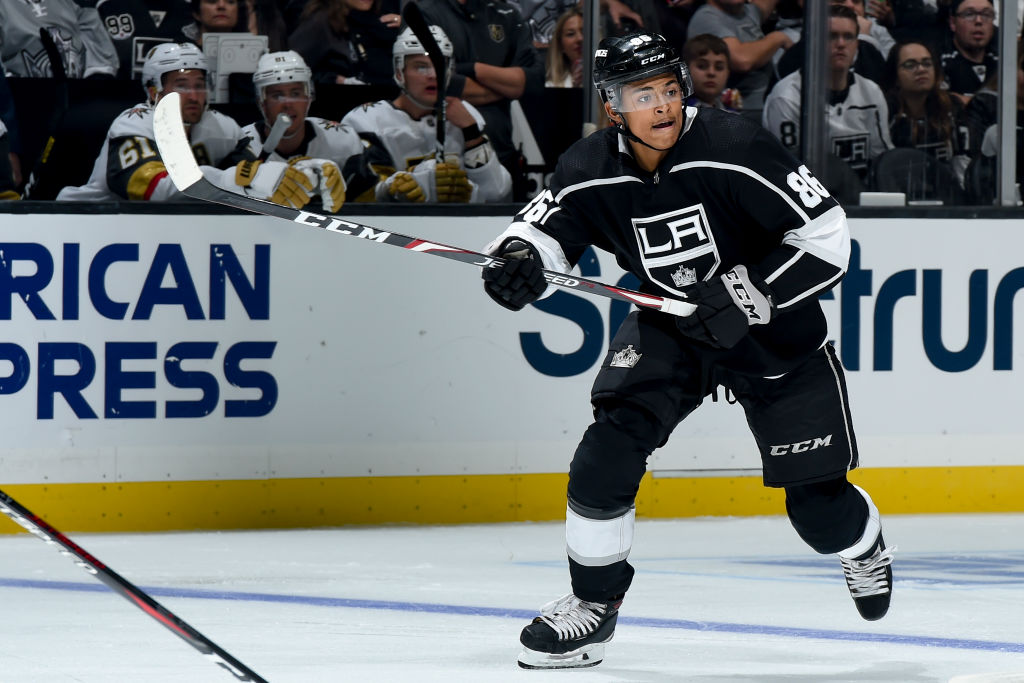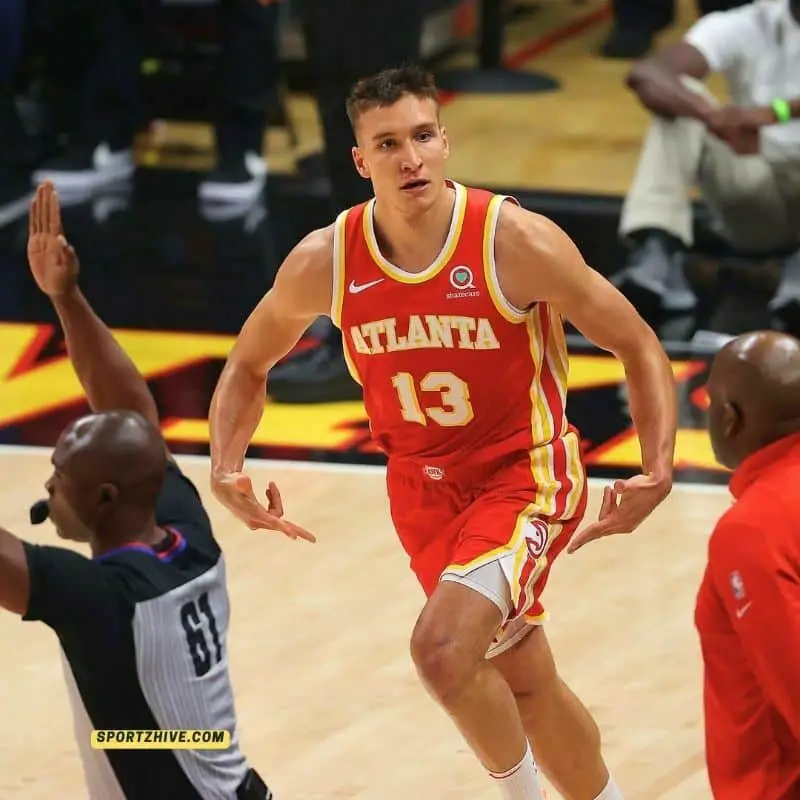What Two-Way Contracts Mean In Pro Sports
A Two-Way Contract is a type of player agreement in professional sports where an athlete can be assigned to both a major league team and a minor league affiliate. For example, in baseball, a player with a two-way contract can play for both the parent club in the Major Leagues and a minor league team.
Two-way contracts offer flexibility for teams and players alike. They allow clubs to manage their rosters more effectively, while players can gain valuable playing time and development opportunities in the minor leagues. Historically, two-way contracts have become increasingly common in recent years as teams seek to maximize their roster flexibility.
This article will delve deeper into the world of two-way contracts, exploring their benefits, implications, and impact on the professional sports landscape.
Read also:Brad Greenquist Nude The Truth Behind The Clickbait And Sensationalism
What Is A Two Way Contract In
Two-way contracts in professional sports offer flexibility and roster management benefits for teams and players. Key aspects to consider include:
- Definition
- Eligibility
- Salary
- Benefits
- Limitations
- Historical development
- Current trends
- Impact on player development
- Future prospects
These aspects provide a comprehensive understanding of two-way contracts, their implications for teams and players, and their role in the evolving landscape of professional sports.
Definition
In the context of "What Is A Two Way Contract In", the "Definition" is a critical component that establishes the foundation for understanding this type of player agreement in professional sports. A clear and concise definition sets the stage for further exploration of its eligibility criteria, salary structure, benefits, limitations, and impact on player development.
For instance, the definition of a two-way contract highlights its unique characteristic of allowing players to be assigned to both a major league team and a minor league affiliate. This flexibility is a key aspect that distinguishes two-way contracts from other types of player agreements.
Understanding the definition of "What Is A Two Way Contract In" is not only important for comprehending its implications for teams and players but also for recognizing its broader significance in the professional sports landscape. By providing a solid foundation, the definition enables a deeper dive into the practical applications and implications of two-way contracts, as well as their impact on player development and the evolving dynamics of sports organizations.
Eligibility
Eligibility is a crucial aspect of "What Is A Two Way Contract In", determining which players are qualified to sign and play under this type of agreement. It encompasses various factors, including age, experience, and performance.
Read also:Sean Gatz Nude The Truth Behind The Controversy And What You Need To Know
- Age Requirements
Players must meet specific age requirements to be eligible for a two-way contract. In Major League Baseball, players must be at least 18 years old to sign a two-way contract.
- Professional Experience
Players typically need some professional experience, such as playing in the minor leagues or in international leagues, to be eligible for a two-way contract.
- Performance Level
Players must demonstrate a certain level of performance to be considered for a two-way contract. This is often assessed through statistics, scouting reports, and evaluations.
- Roster Limitations
Teams are subject to roster limits, which can impact player eligibility for two-way contracts. For example, Major League Baseball teams can only have a certain number of players on their active roster, which can affect the eligibility of players for two-way contracts.
Understanding eligibility requirements is essential for players and teams alike. It ensures that players who meet the criteria have the opportunity to showcase their skills and potentially earn a spot on a major league roster, while teams can strategically manage their rosters and player development pipelines.
Salary
Salary is a critical component of "What Is A Two Way Contract In", impacting both the financial well-being of players and the strategic management of team rosters. It encompasses several key facets:
- Base Salary
The base salary is the fixed amount of money a player is guaranteed to receive over the term of their contract, regardless of their performance or playing time.
- Performance Bonuses
Performance bonuses are incentives that reward players for achieving specific performance targets, such as reaching certain statistical thresholds or winning awards.
- Escalators
Escalators are clauses that automatically increase a player's salary based on certain criteria, such as years of service or performance milestones.
- Minor League Salary
Players on two-way contracts typically receive a lower salary when they are assigned to the minor leagues. This salary is typically determined by the player's experience and performance level.
Understanding salary components and their implications is essential for both players and teams. Players can negotiate contracts that provide financial security and reward their performance, while teams must carefully manage their salary budgets to remain competitive and financially sustainable.
Benefits
Benefits play a critical role in "What Is A Two Way Contract In", offering advantages to both players and teams. Understanding these benefits and their implications is essential for navigating the complexities of this type of player agreement.
Firstly, two-way contracts provide players with an opportunity to gain valuable playing time and experience. By being assigned to both a major league and a minor league affiliate, players can maximize their development and showcase their skills at different levels of competition. This can help them improve their overall performance and increase their chances of securing a permanent spot on the major league roster.
For teams, two-way contracts offer roster flexibility and cost efficiency. By having players on two-way contracts, teams can easily adjust their rosters based on injuries, performance, and strategic needs. Additionally, two-way contracts typically come with lower salaries compared to standard major league contracts, allowing teams to manage their salary budgets more effectively.
In summary, benefits are an integral component of "What Is A Two Way Contract In", providing tangible advantages to both players and teams. By understanding these benefits, players can make informed decisions about their careers, while teams can optimize their roster management and player development pipelines.
Limitations
Limitations are inherent to "What Is A Two Way Contract In" and play a significant role in shaping its dynamics and implications. These limitations stem from various factors, including player eligibility, roster restrictions, and financial considerations.
One key limitation of two-way contracts is the limited playing time that players may receive at the major league level. Due to roster restrictions and the presence of higher-salaried players, players on two-way contracts may spend a majority of their time in the minor leagues. This can impact their development and earning potential compared to players who are on standard major league contracts.
Furthermore, two-way contracts often come with lower salaries compared to standard major league contracts. This can be a limiting factor for players seeking financial security and long-term stability. The salary structure of two-way contracts requires careful financial planning and decision-making by players and their agents.
Understanding these limitations is crucial for players considering two-way contracts. Players must weigh the potential benefits of increased playing time and development opportunities against the potential limitations of reduced major league playing time and lower salaries. Teams must also carefully manage their use of two-way contracts to ensure they align with their roster and financial goals.
Historical development
Historical development is inextricably linked to "What Is A Two Way Contract In," providing context and shaping its evolution and significance in professional sports. Two-way contracts have undergone notable changes over time, influenced by various factors such as collective bargaining agreements, player demands, and evolving team strategies.
In the early days of professional sports, two-way contracts were relatively uncommon. Players were typically signed to either a major league contract or a minor league contract. However, as the sports industry grew and player development systems became more sophisticated, two-way contracts emerged as a valuable tool for teams to manage their rosters and develop young players.
A key historical development that contributed to the rise of two-way contracts was the implementation of the reserve clause in baseball. The reserve clause gave teams the exclusive right to a player's services, even if the player was not on the active roster. This led to a situation where teams would often sign young players to two-way contracts and assign them to the minor leagues to develop, while retaining the right to call them up to the major leagues whenever needed.
In recent years, two-way contracts have become increasingly common in various professional sports, including baseball, basketball, and hockey. This trend can be attributed to the growing emphasis on player development and the desire of teams to have more roster flexibility. Two-way contracts allow teams to move players between the major and minor leagues quickly and easily, giving players more opportunities to play and develop their skills.
Current trends
In the realm of professional sports, current trends have significantly shaped "What Is A Two Way Contract In." Two-way contracts have become increasingly prevalent in recent years as teams seek to optimize roster flexibility, player development, and cost efficiency.
A key trend driving the rise of two-way contracts is the growing emphasis on player development. Teams are recognizing the value of having a deep pool of talented players who can contribute at both the major league and minor league levels. Two-way contracts allow teams to assign players to the minor leagues for seasoning and development while retaining the option to call them up to the major leagues when needed.
Another trend contributing to the popularity of two-way contracts is the desire for roster flexibility. Two-way contracts give teams the ability to move players between the major and minor leagues quickly and easily, allowing them to adjust their rosters based on injuries, performance, and strategic needs. This flexibility is particularly valuable for teams with limited roster space or those looking to manage their payroll.
The practical applications of understanding the connection between current trends and two-way contracts are numerous. For teams, it allows them to make informed decisions about how to manage their rosters and develop their players. For players, it provides insight into the opportunities and challenges associated with two-way contracts and helps them make informed decisions about their careers.
In summary, current trends have played a significant role in shaping the use and importance of two-way contracts in professional sports. By understanding these trends, teams and players can effectively navigate the complexities of this type of player agreement and maximize its benefits.
Impact on player development
Two-way contracts have a significant impact on player development in professional sports. By providing opportunities for players to experience both major and minor league competition, two-way contracts allow players to refine their skills, gain valuable experience, and prepare for success at the highest level.
- Increased playing time
Two-way contracts provide players with more opportunities to play and develop their skills compared to traditional minor league contracts. This increased playing time allows players to gain valuable experience and make quicker progress in their development.
- Exposure to higher level of competition
When players are assigned to the major leagues under a two-way contract, they have the opportunity to face higher levels of competition. This exposure helps players improve their skills and adapt to the demands of major league baseball.
- Versatility and flexibility
Two-way contracts allow players to develop versatility and flexibility by playing multiple positions or roles. This versatility can make players more valuable to their teams and increase their chances of success in the long run.
The impact of two-way contracts on player development cannot be overstated. By providing players with opportunities to play at both the major and minor league levels, two-way contracts help players reach their full potential and achieve success in professional sports.
Future prospects
Future prospects play a significant role in "What Is A Two Way Contract In." When evaluating a player for a two-way contract, teams consider not only their current abilities but also their potential for future growth and development. A player's future prospects can have a major impact on the terms of their contract, including their salary, length, and incentives.
One of the key factors that teams consider when evaluating a player's future prospects is their age. Younger players with less experience typically have more upside and potential for development than older players. As a result, they may be offered longer contracts with higher incentives. For example, a 22-year-old player with exceptional skills and a strong track record in the minor leagues may be offered a five-year contract with significant performance bonuses, while a 30-year-old player with similar skills may only be offered a two-year contract with fewer incentives.
Another important factor that teams consider is a player's injury history. Players who have a history of injuries may be seen as a greater risk, and their future prospects may be discounted accordingly. For example, a player who has suffered multiple major injuries may be offered a shorter contract with lower incentives than a player with a clean injury history.
Understanding the connection between future prospects and two-way contracts is important for both players and teams. Players can use this knowledge to negotiate better contracts and maximize their earning potential. Teams can use this knowledge to make informed decisions about which players to sign and how much to invest in them.
Throughout this exploration of "What Is A Two Way Contract In", we have gained insights into its definition, eligibility criteria, salary structure, benefits, limitations, and impact on player development. Key points to remember include the flexibility and cost-efficiency benefits for teams, the increased playing time and development opportunities for players, and the consideration of future prospects in contract negotiations.
As the sports industry continues to evolve, two-way contracts will likely remain an integral part of player development and roster management. Teams must carefully evaluate players' eligibility, performance, and potential when offering two-way contracts. By understanding the complexities of two-way contracts, players and teams can make informed decisions that optimize their success and navigate the ever-changing landscape of professional sports.



